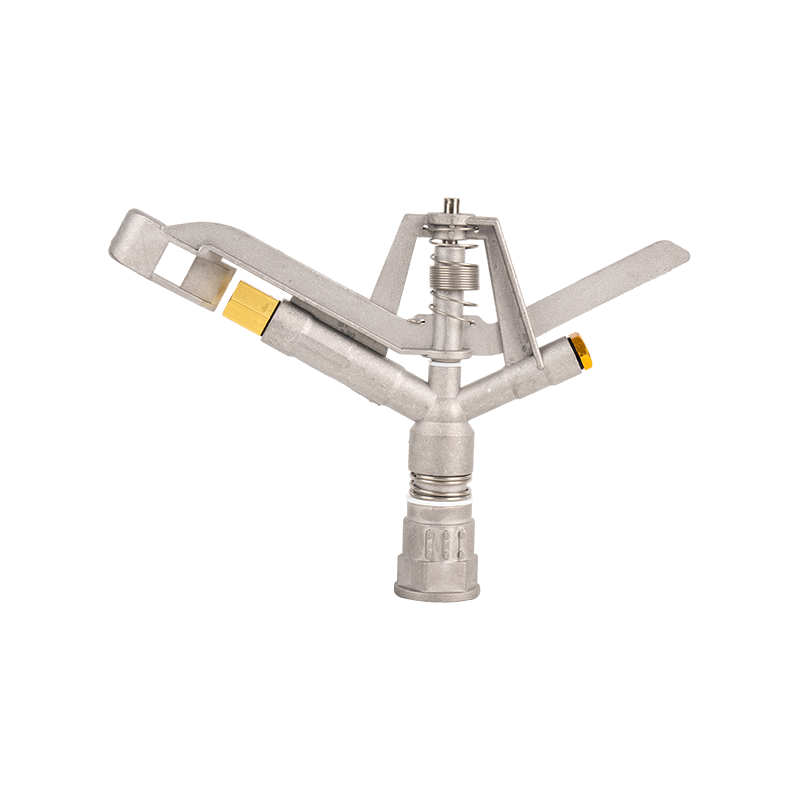 By Admin
By Admin Identify the Sprinkler Type: Fixed Spray Heads: These heads deliver a constant spray pattern and are typically used for smaller areas or lawns. Understanding the specific type and model of your fixed spray head is crucial for accurate adjustments. Adjustable Spray Heads: These offer flexibility in controlling the spray pattern. They can be fine-tuned to meet specific watering needs. Rotary or Gear-Driven Heads: These heads rotate and deliver water in a circular pattern. They are ideal for larger areas and can be adjusted to cover various ranges and arcs. Oscillating Heads: These provide a sweeping, back-and-forth motion, suitable for rectangular areas but may require specific adjustments for coverage.
Adjust the Spray Pattern: Fixed Spray Heads: Use the adjustment screw or collar to modify the spray radius and arc. For precise control, adjust the nozzle to reduce or increase the coverage area, focusing on the desired plant zones and excluding hard surfaces. Adjustable Spray Heads: Rotate the nozzle or use the adjustment dial to set the desired spray pattern. Some models have indicators or markers to assist with setting the precise arc and radius. Rotary or Gear-Driven Heads: Most models feature a radius adjustment screw and an arc adjustment screw. Consult the manufacturer's specifications to adjust these components. The radius adjustment controls the distance the water travels, while the arc adjustment determines the coverage area.
Check the Coverage Area: Activate the sprinkler system and observe the coverage. Assess whether the water is reaching all intended planting areas effectively and avoid unnecessary overspray onto non-plant surfaces. Utilize tools like a sprinkler gauge or a catch cup to measure water distribution and ensure even coverage. Adjustments can be fine-tuned based on these measurements.
Use Shields or Baffles: Install shields or baffles to direct the spray away from non-plant areas. These accessories can be attached to or placed near the sprinkler heads to block or redirect water flow. Ensure that the shields do not obstruct the intended coverage areas but effectively prevent water from reaching sidewalks, driveways, or other hard surfaces.
Test and Fine-Tune: After making initial adjustments, run the system for a designated period to observe the effectiveness of the changes. Monitor the watering patterns closely. Make iterative adjustments as needed based on the observed coverage. Small, incremental changes can lead to optimal water distribution and minimize waste.
YR9601A G1" metal garden irrigation impact sprinkler
